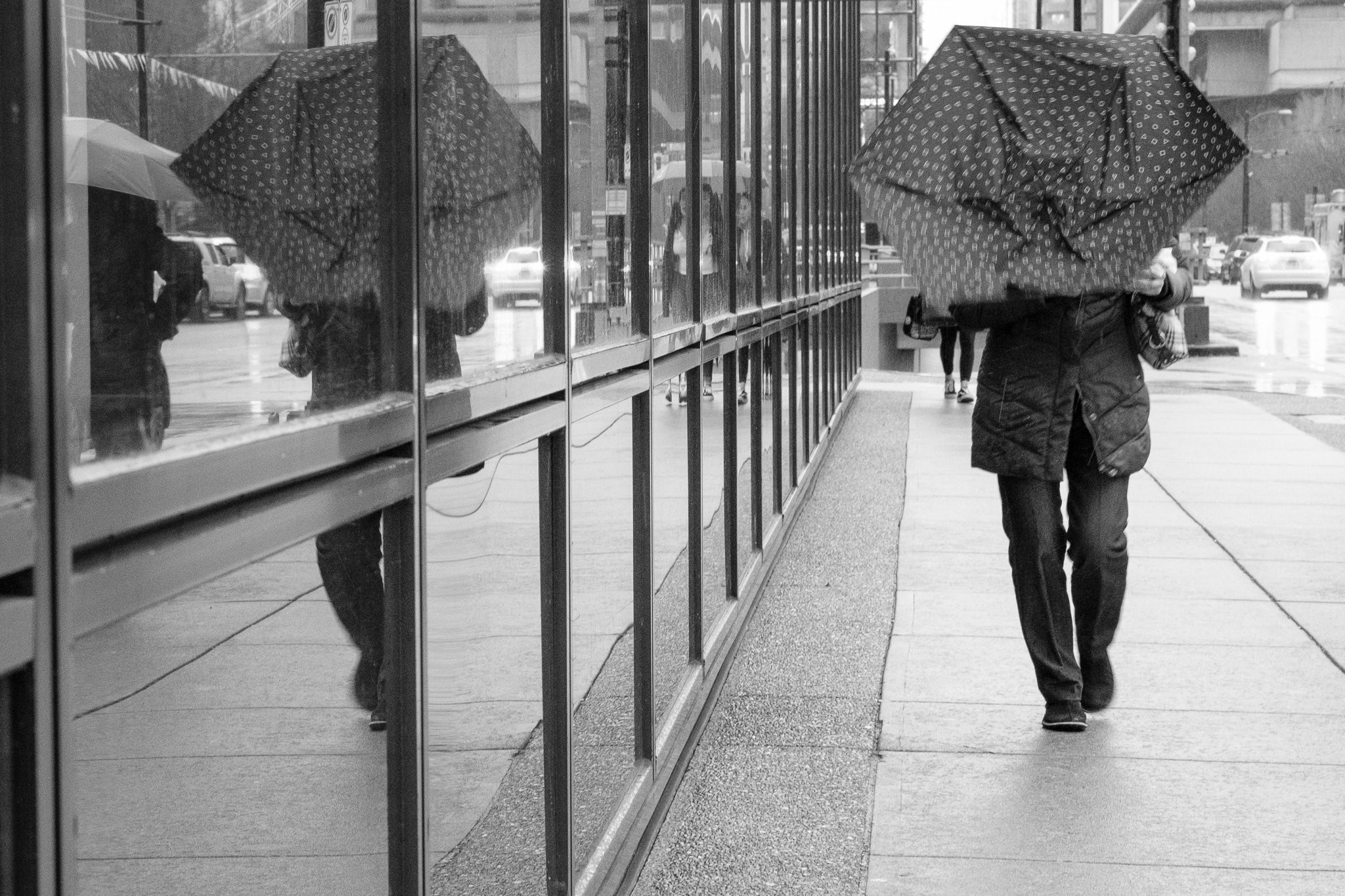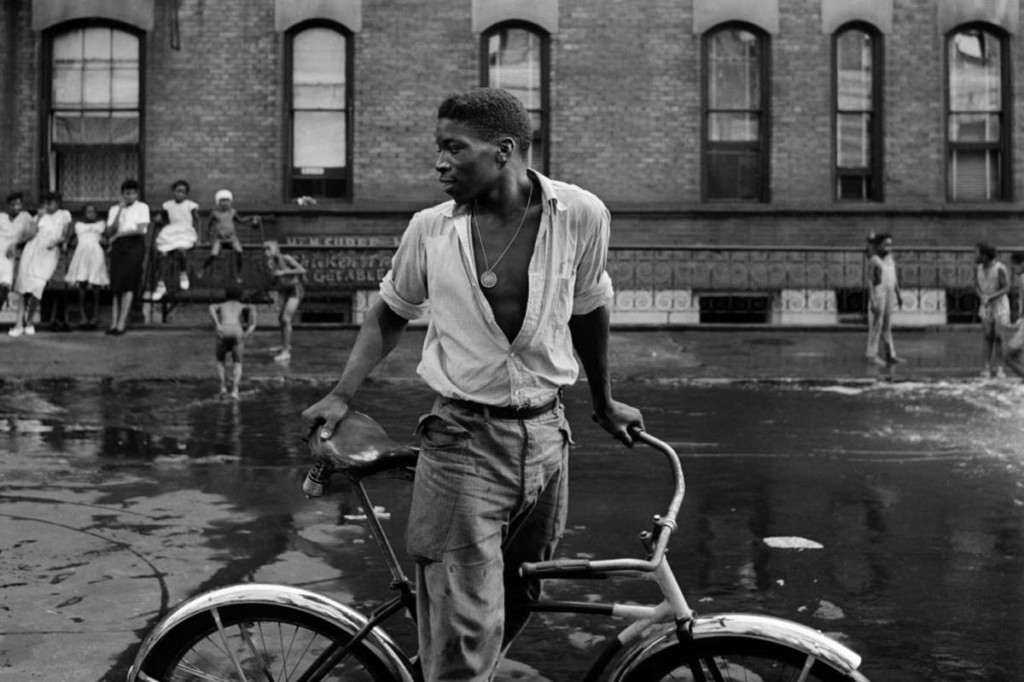Framing Streets - Questions
Framing Streets - Questions
Blog Article
Framing Streets for Dummies
Table of ContentsThe 30-Second Trick For Framing StreetsThe Buzz on Framing StreetsThe 10-Second Trick For Framing StreetsThe Basic Principles Of Framing Streets See This Report about Framing StreetsFacts About Framing Streets Revealed
Digital photography category "Crufts Dog Program 1968" by Tony Ray-Jones Road digital photography (also sometimes called honest photography) is photography performed for art or query that features unmediated possibility encounters and random occurrences within public areas, normally with the objective of capturing pictures at a definitive or poignant minute by cautious framework and timing. 
His boots and legs were well defined, yet he is without body or head, because these were in motion." Charles Ngre, waterseller Charles Ngre. https://framing-streets.creator-spring.com/ was the very first photographer to obtain the technological class required to sign up individuals in movement on the street in Paris in 1851. Professional Photographer John Thomson, a Scotsman dealing with journalist and social activist Adolphe Smith, published Street Life in London in twelve regular monthly installations beginning in February 1877
The 25-Second Trick For Framing Streets
Eugene Atget is considered a progenitor, not because he was the first of his kind, but as an outcome of the popularisation in the late 1920s of his document of Parisian roads by Berenice Abbott, who was inspired to undertake a similar documents of New York City. [] As the city developed, Atget aided to advertise Parisian roads as a worthy topic for digital photography.

Some Known Factual Statements About Framing Streets
The chief Mass-Observationists were anthropologist Tom Harrisson in Bolton and poet Charles Madge in London, and their very first record was produced as the book "May the Twelfth: Mass-Observation Day-Surveys 1937 by over two hundred viewers" [] Window cleaner at Kottbusser Tor, Berlin, by Elsa Thiemann c. 1946 The post-war French Humanist Institution professional photographers located their topics on the street or in the bistro. Between 1946 and 1957 Le Groupe des XV yearly displayed job of this kind. Andre Kertesz. my blog Circus, Budapest, 19 May 1920 Road digital photography formed the major material of two exhibits at the Gallery of Modern Art (Mo, MA) in New York curated by Edward Steichen, Five French Professional Photographers: Brassai; Cartier-Bresson, Doisneau, Ronis, Izis in 1951 to 1952, and Post-war European Digital Photography in 1953, which exported the idea of road photography globally.

10 Simple Techniques For Framing Streets
The recording maker was 'a covert camera', a 35 mm Contax hidden below his layer, that was 'strapped to the chest and attached to a long cable strung down the right sleeve'. His work had little modern effect as due to Evans' sensitivities about the creativity of his job and the privacy of his topics, it was not published until 1966, in the publication Several Are Called, with an introduction written by James Agee in 1940.
Helen Levitt, after that an instructor of young kids, related to Evans in 193839. She documented the temporal chalk illustrations - sony a9iii that were part of kids's street society in New york city at the time, along with the children who made them. In July 1939, Mo, MA's new digital photography area consisted of Levitt's work in its inaugural exhibitRobert Frank's 1958 publication,, was significant; raw and commonly out of emphasis, Frank's photos examined conventional digital photography of the moment, "tested all the official rules laid down by Henri Cartier-Bresson and Walker Evans" and "flew in the face of the wholesome pictorialism and genuine photojournalism of American publications like LIFE and Time".
Report this page